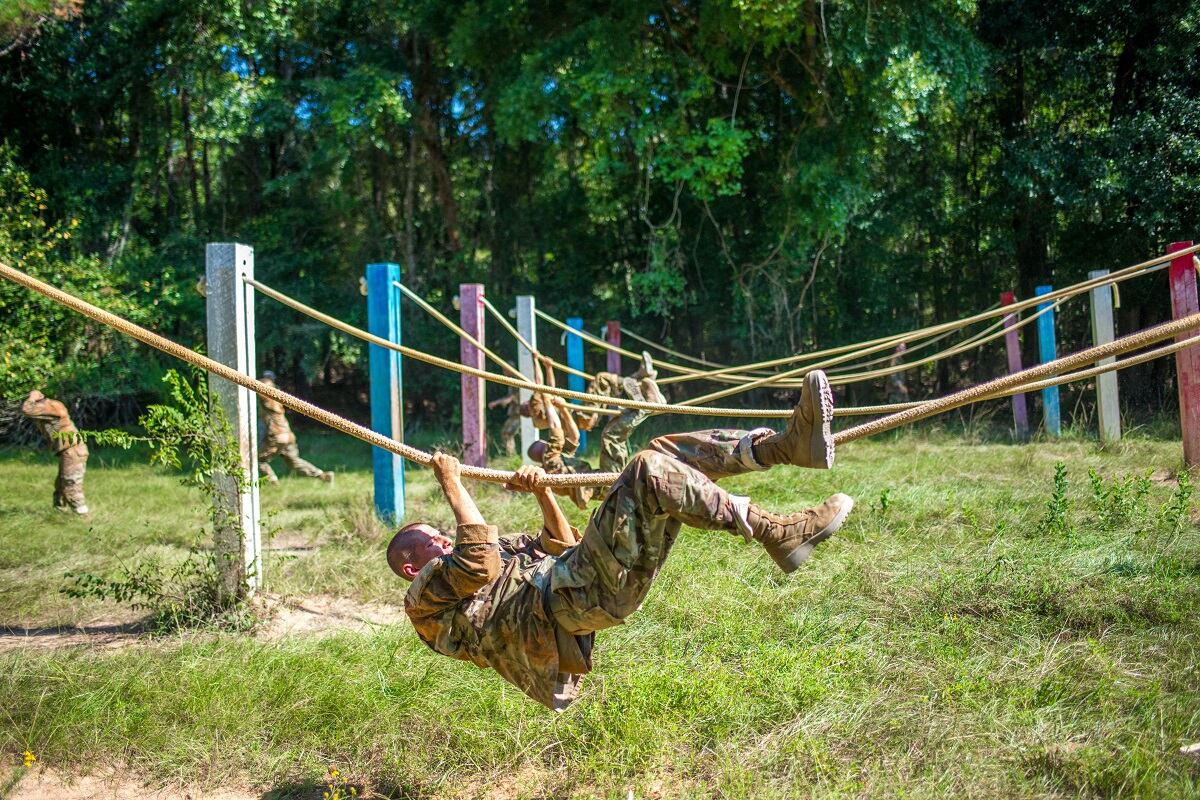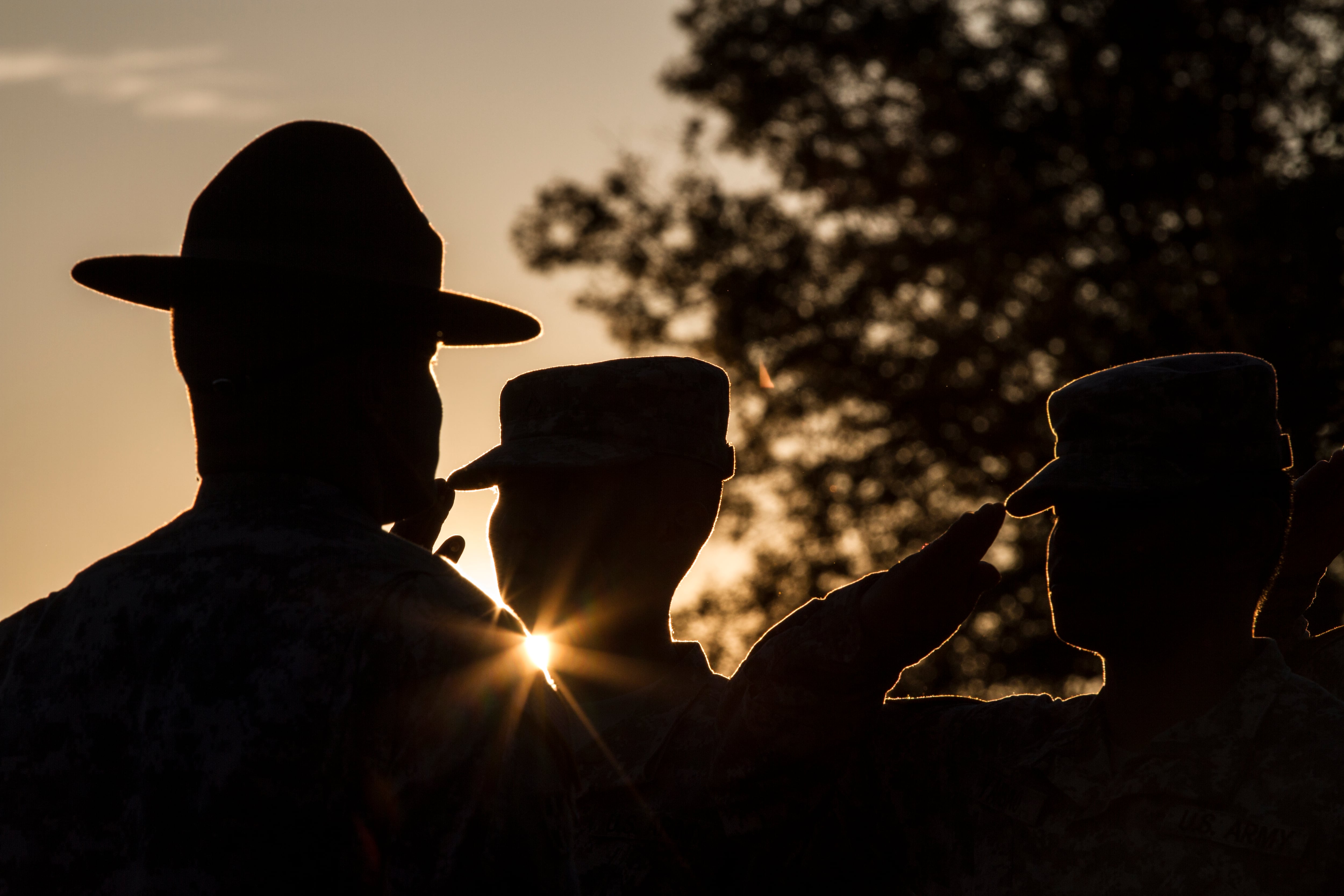As the Army builds toward being ready for large-scale operations, the force is increasing is division- and corps-level simulations in ways that haven’t been seen in decades.
The Army has also increased the number of combat training center rotations and added opportunities for Guard and Reserve units that did not formerly have them.
Army Forces Command is looking to the future, beyond current readiness. Changes in evolving multi-domain operations will mean adapting to new ways of doing warfare.
“We’re telling brigade and battalion commanders they have to be comfortable iterating through doctrine and fielding and training new equipment,” said Gen. Michael Garrett, who heads FORSCOM and took over that post in March.
He commands 215,000 active soldiers, 190,000 Army Reserve soldiers and provides oversight on training and readiness to the Army National Guard.
Garrett talked about the challenges and success FORSCOM has seen recently, and what’s ahead, in an interview with Army Times leading up to the Association of the United States Army’s annual meeting.
RELATED

The four-star first credited his predecessors with having a laser focus, set by then Chief of Staff Gen. Mark Milley, on improving force readiness.
A lot of what makes readiness, Garrett said, starts at the squad level.
“If we have squads and platoons that are lethal at the point of contact, then we are going to win,” he said.
That means a focus at that bottom end will have results at higher echelons.
“What I have challenged leaders at echelon – company, battalion, brigade, division, corps – is once they set their priorities, if an item is outside that priority, they need to question it,” he said.
That falls closely in line with what former Training and Doctrine Command head Gen. Stephen Townsend advocated for earlier this year in a series of articles focused on improving mission command and creating more “white space” so that leaders can take charge of their own training time and priorities.
“Really, it’s an opportunity to put my money where my mouth is,” Garrett said. “We’re asking individual squad and platoon level soldiers to master tasks, you’ve got to give them time to do it.”
All of the recent changes don’t come without a cost.
The Army put FORSCOM on the task of manning the security force assistance brigades and providing additional recruiters and drill sergeants. Those units draw away talented soldiers from the rest of the ranks.
“Think about an SFAB with 800 soldiers, only a few are below E-5,” Garrett said. “There are lots of E-6s, and E-7s.”
That took a lot of E-6 squad leaders and E-7 platoon sergeants out of the formations.
But the four-star didn’t see that challenge as daunting.
“We can grow our own, but it takes time,” he said.
That will be about a three-year “bubble” of time to work through the promotion and sustainment of evening out those ranks.
Admittedly, Garrett said in his first six months he has changed little in what his immediate predecessor, Gen. Robert Abrams, had set forth.
“If I make any changes to FORSCOM priorities, it will be minor changes, so that the Army can keep rolling along on priorities like the Sustainable Readiness Model,” he said.
A lot of push for readiness is hitting the National Guard in ways it hasn’t before.
“Look at what we’ve done in the past three to four years,” he said. “Six of eight (National Guard) divisions have deployed in support of Spartan Shield.”
Spartan Shield is a large-scale security mission in U.S. Central Command. Garrett said while he served as U.S. Army Central Command head for nearly two years he saw those Guard units “knock it out of the park.”
While readiness is at the forefront of thinking and priorities, Garrett estimated that it takes about a decade for the whole Army to come onboard and adapt to a revolutionary change in how to fight and being organized for it.
Todd South has written about crime, courts, government and the military for multiple publications since 2004 and was named a 2014 Pulitzer finalist for a co-written project on witness intimidation. Todd is a Marine veteran of the Iraq War.





